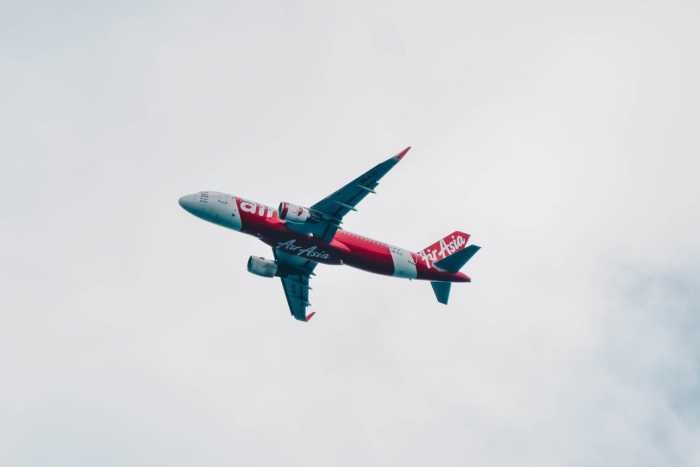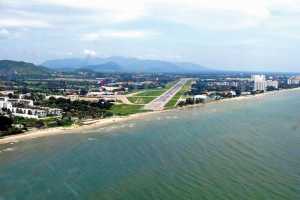
Setting Limits On Flights At The Suvarnabhumi Airport
19th Oct 2015

In an effort to lessen congestion at the Suvarnabhumi Airport, the aviation sector is proposing that a limit be set to the number of flights being handled by the airport facility.
Recently, airlines and air transport service providers collectively pushed for a limit on the number of aircrafts using the airport. The alliance, known as Airline Operators Committee (AOC) have around 112 members who are mostly airline companies operating internationally.
Louis Moser, chairman of AOC expressed that now is the right time to decide on curtailing new flights to and from the airport. While he admits that this is going to be a difficult decision, he believes that the airport is already in a state where it can no longer handle additional flights.
The airport is already troubled by a worsening congestion and the advent of the winter season will further aggravate the problem. This busy season for the airline sector usually spans half a year, starting the last week of October. During this phase, airport traffic normally increase by 10 per cent.
For a number of years now, airport management has been running the airport beyond capacity pegged at 45 million passengers per year.
Just recently, the Airports of Thailand (AoT) issued a report revealing that for FY 2015, the total number of passengers peaked at 52.4 million while total passengers rose by more than 12 per cent . Based on these data, the airport had exceeded its capacity by as much as 17 per cent.
Aot estimates that by CY 2016, passenger traffic at Suvarnabhumi airport will increase by 9.7%. If this will hold true, the level of passengers for that year will go beyond 70 million. Mr. Moser warned that this scenario can be a very problematic one.
Representatives from AOC reveal that a lot of effort have been made to remedy the current congestion problem.
According to Mr. Moser, implementing improved aircraft parking slot management and double parking did not alleviate the problem.
Freezing the entry of new airlines as well as limiting the number of flights by existing airliners may be the best remedy so far. Later on, these may be lifted once Suvarnabhumi is done with stage two of its expansion programme.
The need to limit flights to and from the airport has been quite glaring for years now, but those in authority haven't taken it up seriously enough to have it discussed out in the open.
However, when Prajin Juntong became deputy prime minister, he saw the urgency of the situation. He said that some of Thailand's airports would benefit from implementing such restrictions to avoid an overcrowded airspace.
He tied this premise with the country's open sky policy, the mechanics of which was being evaluated in the past in line with efforts to sustain safety in the air transport industry.
He mentioned to a group of media men that an 'open sky with conditions policy' would be more applicable at the present time.
He stressed further that there is a dearth in airspace thus it is only fitting that airports must prioritise safety and impede the occurrence of air tragedies.
Although he did not go into specifics which airport he had in mind, authorities believe that he was talking about the highly congested Suvarnabhumi airport.
Meanwhile, AoT dismissed issues that traffic congestion at Suvarnabhumi airport has become out of control.
Nitinai Sirismatthakarn, president of AoT told reporters that the 45 million capacity of Suvarnabhumi airport is merely being used as a reference point. Theoretically speaking, the airport may handle a maximum of 300 million passengers annually.
The AoT president added that concerns regarding overcrowding at the airport has been exaggerated and maintains that traffic at the airport is under control.









